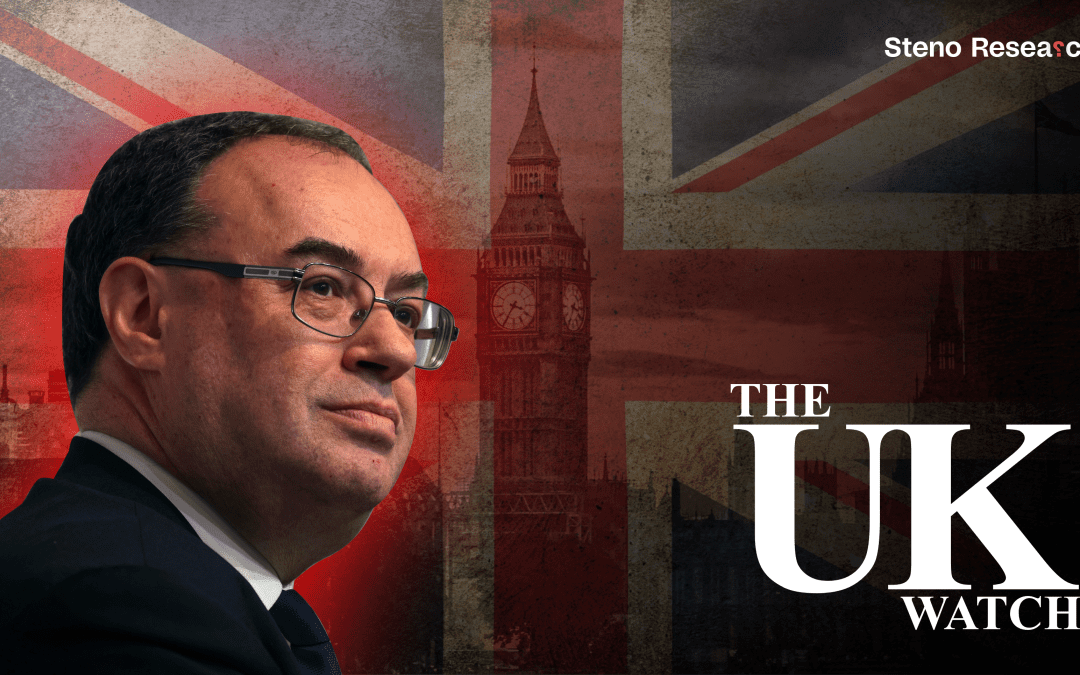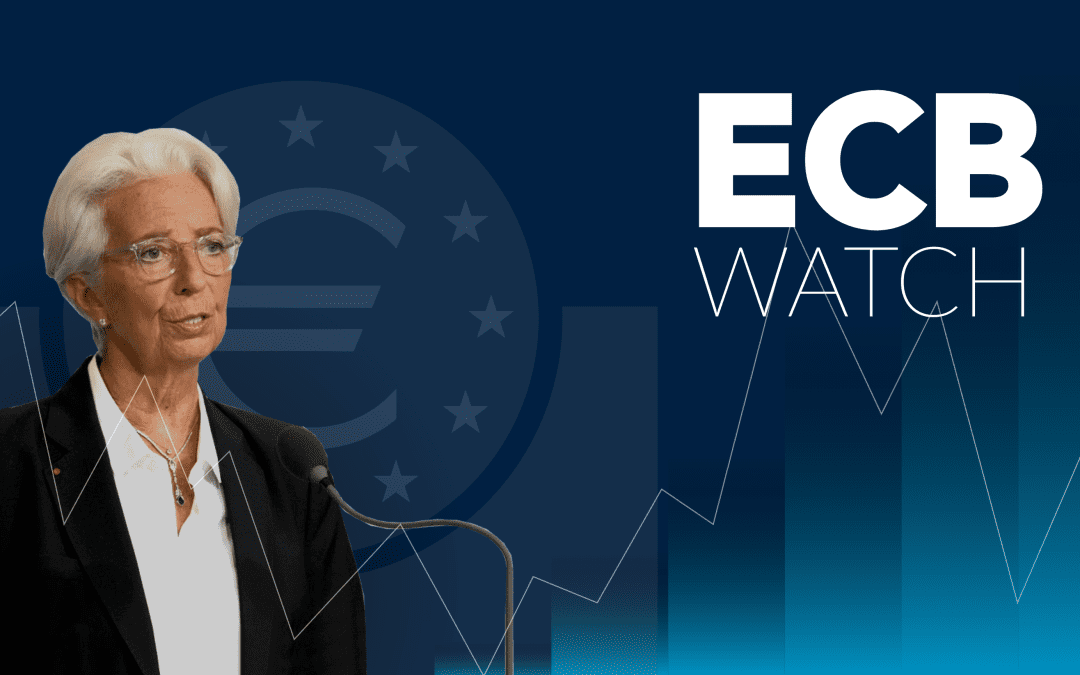This week we hone in on the consequences of the Ukraine’s successful attacks on Russian refiners and how to play it along with some thoughts on our profit taking in metal space as something BIG is cooking in China!


This week we hone in on the consequences of the Ukraine’s successful attacks on Russian refiners and how to play it along with some thoughts on our profit taking in metal space as something BIG is cooking in China!

We see relatively soft numbers out of Germany and France, while Spanish numbers will look hot due to electricity VAT adjustments. June cut is ON..















We see intervention in Asian FX markets from the morning, but could such activity turn into a headache for the Fed? Meanwhile, European inflation data is key during the shortened Easter week!



After having traveled to London last week, I am left with a vibe of a head fake reflation narrative. We are truly late in the cycle, which opens the door for super interesting bets.



The mechanical adjustments are likely going to lead to a hawkish revision of the Norges Bank rate path tomorrow unless the subjective layer is used to send another signal. Risks tilted towards a hawkish take-away.


We see UK CPI coming in soft relative to expectations and generally find the BoE to be priced too hawkishly compared to peers. Read along why here..















The BoJ has once again managed to move the needle without moving the market and there are few clues on the direction from here. Well played Ueda!



We sum up a yuge week ahead in this brief and chart-heavy update on the big central banks. Where’s the value to be found in rates space this week?















We have an action-packed week ahead with action from almost all key countries for the global economy. Will volatility return as a consequence?



Recession chasing is getting increasingly weak as an investment strategy with fewer and fewer recessions around. Is the business cycle still alive and is it big enough to matter for markets?















>5% wage gains for the Rengo union members in Japan, which paves the way for policy action from the BoJ. Meanwhile, the PBOC refrained from cutting. Possibly as rate cuts are off the table in the US given the PPI developments?















Are we approaching the point in the cycle where commodities start to reflate? We have seen interesting break-outs of Copper, Silver and Oil.















Strong and firm signals from Japanese wage rounds solidifying the hiking case, while markets have honed in on June as the timing for the first cut from ALL other central banks of major size. Should make for an interesting macro environment.















Suddenly markets have shifted towards repricing the Chinese outlook markedly versus the rest of the World. Is the global narrative suddenly running on a broken Chinese engine? Meanwhile, USD inflation is out!




Was the sudden reacceleration in the owners equivalent of rent a one-off? This is the KEY question ahead of a report that brings soft food prices, soft car prices, soft goods prices and hot energy prices.















Sentiment in Japanese stocks has weakened ahead of a potential lift-off on front-end rates in March, while the JPY FX case looks compelling still. Meanwhile, Chinese sentiment is improving both directly and via proxies.



It feels reminiscent of early 2021 in many ways with a very hated rally that keeps getting liquidity fuel. Central banks remain biased towards easing and will allow the economy to reflate with liquidity.















The ECB is now clear that they will discuss the rate cutting cycle at upcoming meetings. This will likely allow financial conditions to ease as we saw in the US from Q4 and onwards.















Powell keeps a mostly unchanged easing bias intact despite signs of re-accelerating inflation. Lagarde will have the opportunity to make the public pivot by the ECB today.



We see an improving Manufacturing sentiment as a decent bet for 2024 and this trade typically loves such an environment.















Donald Trump versus Joe Biden is now a done deal unless something extraordinary happens ahead of November. Meanwhile, the two most dovish G10 central banks will report over the coming days.



The Aussie bet has not really played out the way we wanted, and we were stopped out earlier today.















The 2024 consensus is getting very bullish on US growth, while nothing is happening outside of US shores. Meanwhile, markets see all major markets converging towards a 2-2.5% inflation range. Feasible?


Despite inflation not dropping to the extent our models had suggested, the ECB has still been dovishly surprised relative to its base case. Will the ECB prepare for cuts at the meeting this week?















Some Manufacturing gauges struggle to get out of the gates despite cyclical tailwinds. Is the lack of progress related to the Red Sea? Major revisions are needed from the ECB on Thursday.



Chris Waller hinted of a twist to the QE operations, which will likely impact the yield curve in the US. Will the Twist operation support the procyclical trends already seen?


The cyclical rotation is slowly but surely rolling and if central banks add rate cuts to this mix, we are staring directly into the melt up.















The market consensus is turning more and more upbeat on 2024 forecasts for the US economy, but what about China and Germany?




Disinflation is simply not happening as fast as anticipated by our models, but base effects remain very benign in coming months. The stickiness in services is eye-catching, but there is light at the end of the tunnel for the ECB.


Money growth has improved lately in the US, while there are trillions parked on the time deposit / MMF side-lines. If the Fed cuts rates into the current rally, we may see another 2021/2022 melt-up.